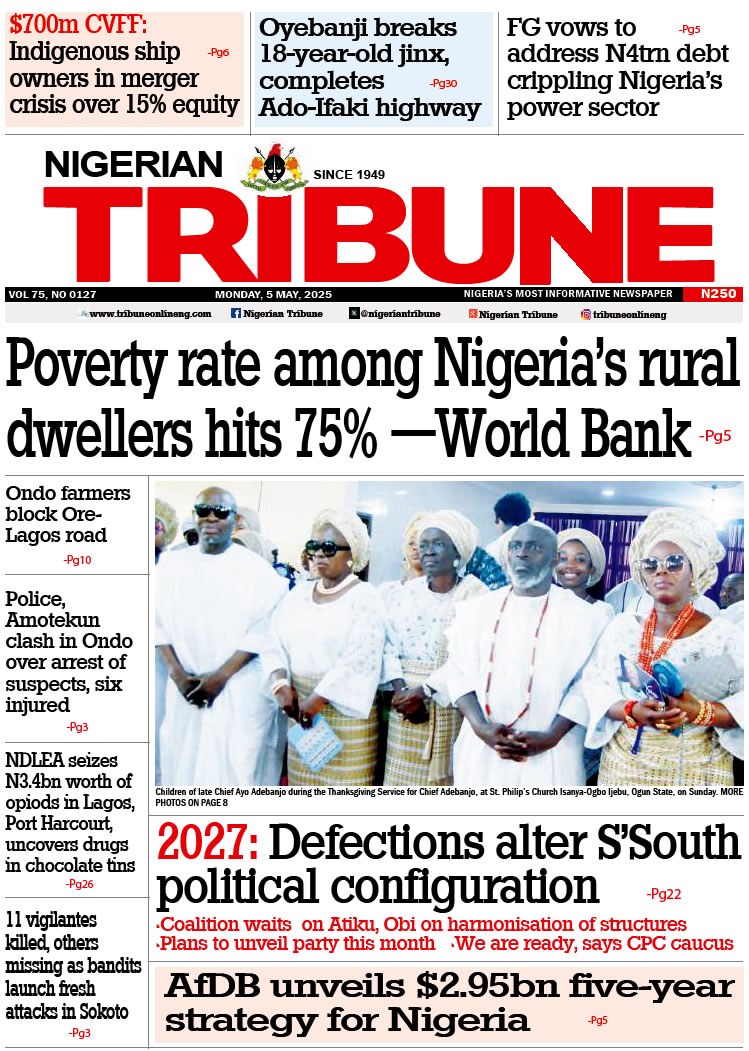Pandemic is not over yet but businesses are getting back to normal and they are stronger than before. Most of the businesses adapted to new normal – remote work, live video content (to attract more customers) and many more. In this post, we will go through the new normal for businesses in 2022.
Customers created content is a big thing
TikTok was the biggest app in 2020 and 2021. The same could be said about 2022, keep in mind that Instagram, Facebook and YouTube are adapting to new, short-video systems. These new systems create a new normal – users created short video contents. For instance, if the brand has a product and wants to scale, they will need more user generated content (short videos from the actual buyers) to create more social presence on TikTok, Instagram, YouTube and Facebook. For bigger campaigns – buy TikTok likes, ask customers to give your authentics UGC (in return for a big discount for the next order – or even give them a little gift) and stay very active with the content calendar. By that way, you’ll get ahead of the competition very soon.
Remote: Here to stay
The corona pandemic forced many companies to work from home. Many of them have now observed that the work there is going far better than feared before the pandemic: the employees often work more efficiently, the performance and results are not negatively affected. Instead, the workforce is happier because working remotely allows for more flexibility and can contribute to a better work-life balance . In short: For many employers, remote work is here to stay. The trend is towards hybrid working models who can work a number of x days a week in the office and a number of y days a week in the home office. Others offer their employees to choose where they would like to work from. The office remains open to everyone, but is seen less as a central place of work and much more as a meeting place. The trend is towards employees switching flexibly between home office, office and other workplaces – and employers are promoting this development.
Cloud-based communication
Trend goes hand in hand with another trend: that of cloud-based communication. Employees must be able to communicate smoothly with each other across different locations. The current trend here is towards cloud solutions, which save companies from having to operate their own servers and other IT infrastructure. These cloud-based solutions need to be consolidated in a way that hybrid teams can easily work together. In addition to video and text communication, telephony also plays a major role in these solutions in order to counteract so-called zoom fatigue. Hybrid working models make exchange more important than ever. The issue of data protection must also be taken into account .
Management instead of leadership
This change has been in the offing for some time: the trend is moving away from classic leadership towards managers as coaches. She leads her team, but gives the employees more independence and co-decision. In times of New Work, rigid hierarchies have no place anymore. “Power to the people ” is the motto. It is not the boss alone who has decision-making authority, but the specialists in the team who are most familiar with the topic. This participation and co-determination not only promote results and customer satisfaction, but also motivation and loyalty of employees. They identify more with the employer if they can get involved without having to fight against rigid management structures. The manager guides the team, allows critical voices, does not feel superior with his or her know-how and remains the central contact person for all questions.
Gamification is king
In other countries, gamification is already much more widespread than in the EU or USA. But people are also catching up in this country – which is partly due to the corona pandemic, which has pushed social life more and more into the digital realm. Humans have an innate play instinct. And that, in turn, can be used to steer his behavior in a certain direction. Gamification tickles the motivation out of us. We want to achieve something and be rewarded. In companies, this approach is often used in the area of further education and within learning management systems. For example, employees are awarded medals or badges when they have completed microtraining or reached the next development step. But gamification knows no boundaries.






